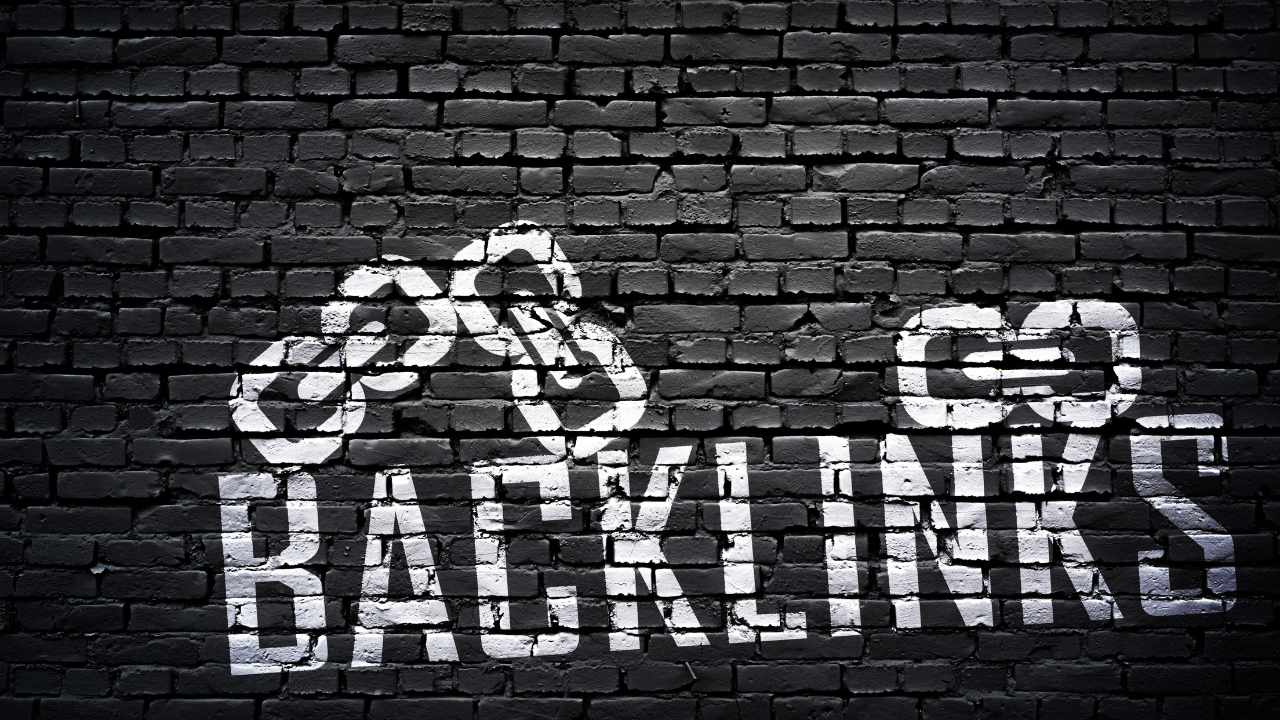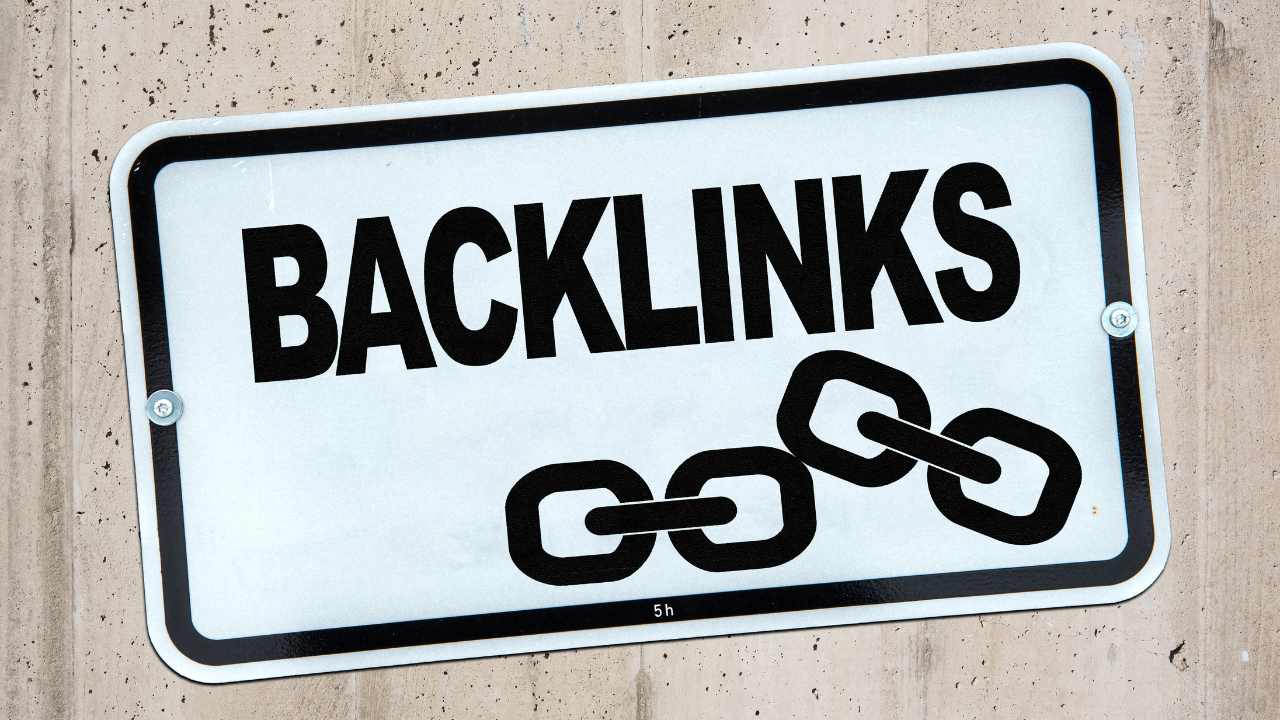How to Build Backlinks for a New Website: Building backlinks is one of the most important strategies to improve the search engine ranking of a new website. As a website owner or digital marketer, you need to understand the process of creating high-quality backlinks that enhance your website’s visibility, credibility, and organic traffic. In this blog, we will discuss various methods and strategies to build backlinks effectively, especially if your website is brand new.
What are Backlinks?
Backlinks are links from one website to another. They act as votes of confidence for search engines like Google, indicating that your content is valuable and trustworthy. The more quality backlinks you have, the better your chances of ranking higher in search engine results pages (SERPs).
Why are Backlinks Important for New Websites?
- Improves Domain Authority: Backlinks help increase your domain authority, making your site more reliable in the eyes of search engines.
- Drives Referral Traffic: Quality backlinks from high-traffic sites bring direct visitors to your website.
- Boosts SERP Rankings: With quality links pointing to your website, your content is likely to appear higher in search results.
- Builds Brand Awareness: Exposure on other platforms helps people discover your website and builds your brand identity.
Effective Strategies to Build Backlinks for New Websites
1. Content is King (and Queen!)
- Create High-Quality, Shareable Content: The foundation of any successful backlink-building strategy is creating exceptional content that people naturally want to link to. This could include:
- In-depth blog posts: Offer valuable insights, data, and unique perspectives on relevant topics.
- Infographics: Visually appealing and easily shareable, infographics are great for attracting backlinks.
- Videos: Engaging video content can attract links from blogs, social media, and video platforms.
- Interactive content: Quizzes, calculators, and interactive tools can be highly engaging and link-worthy.
- Original research: Conducting and publishing original research can establish you as an authority in your niche.
- Optimize Your Content for Search Engines (SEO): Ensure your content is well-optimized for search engines to improve its visibility and attract organic traffic. This includes:
- Keyword research: Identify relevant keywords and incorporate them naturally into your content.
- On-page SEO: Optimize title tags, meta descriptions, headings, and image alt text.
- Technical SEO: Ensure your website is mobile-friendly, loads quickly, and is easy to crawl by search engines.
2. Create High-Quality Content
Quality content is the foundation of any successful backlink strategy. Write articles, guides, or blog posts that provide value, answer questions, or solve problems for your target audience.
- Publish “How-to” guides and tutorials.
- Create infographics and shareable visual content.
- Write comprehensive listicles and case studies.
3. Guest Blogging
Reach out to authoritative websites in your niche and offer to write guest posts. Ensure the content is unique, informative, and includes a link back to your website.
4. Engage in Online Communities
Participate in forums, Q&A platforms like Quora, and social media groups related to your industry. Share your insights and include your website’s link where relevant (but avoid spamming).
5. Directory Submissions
Submit your website to reputable online directories. Some popular options include:
- Justdial
- Sulekha
- Yellow Pages India
6. Leverage Social Media
Promote your content on platforms like LinkedIn, Facebook, Twitter, and Instagram. While these links are mostly no-follow, they can still drive traffic and indirectly improve your website’s visibility.
7. Broken Link Building
Identify broken links on other websites and suggest your content as a replacement. Tools like Ahrefs or SEMrush can help you find broken links in your niche.
8. Collaborate with Influencers
Reach out to bloggers, YouTubers, or Instagram influencers in your industry. Request them to feature your website in their content or collaborate on projects that include backlinks.
9. Local SEO and Citations
List your website on local directories and platforms like Google My Business. Ensure your NAP (Name, Address, Phone number) information is consistent across platforms.
Do’s and Don’ts of Backlink Building
Do’s:
- Focus on quality over quantity.
- Build relationships with industry leaders and bloggers.
- Regularly update and improve your content.
Don’ts:
- Avoid purchasing backlinks; it violates Google’s guidelines.
- Don’t overuse anchor text, as it can look unnatural.
- Stay away from spammy or low-quality sites for backlinks.
Frequently Asked Questions (How to Build Backlinks for a New Website)
1. How long does it take to see results from backlinks? Building backlinks is a long-term strategy. It may take 3-6 months to see noticeable improvements in rankings and traffic.
2. Are all backlinks equally valuable? No, backlinks from high-authority and relevant websites are more valuable than those from low-quality sites.
3. Can social media links improve SEO? While social media links are generally no-follow, they help increase visibility and drive traffic, indirectly supporting your SEO efforts.
4. How many backlinks do I need? There’s no fixed number; focus on acquiring quality backlinks consistently.
5. What tools can help with backlink building? Some popular tools include Ahrefs, SEMrush, Moz, and Google Search Console.
Building backlinks requires patience, effort, and strategic planning. For new websites, the key is to focus on creating valuable content and building genuine relationships in your industry. By implementing the tips shared in this blog, you can steadily grow your website’s backlink profile and improve its visibility in search engines.



